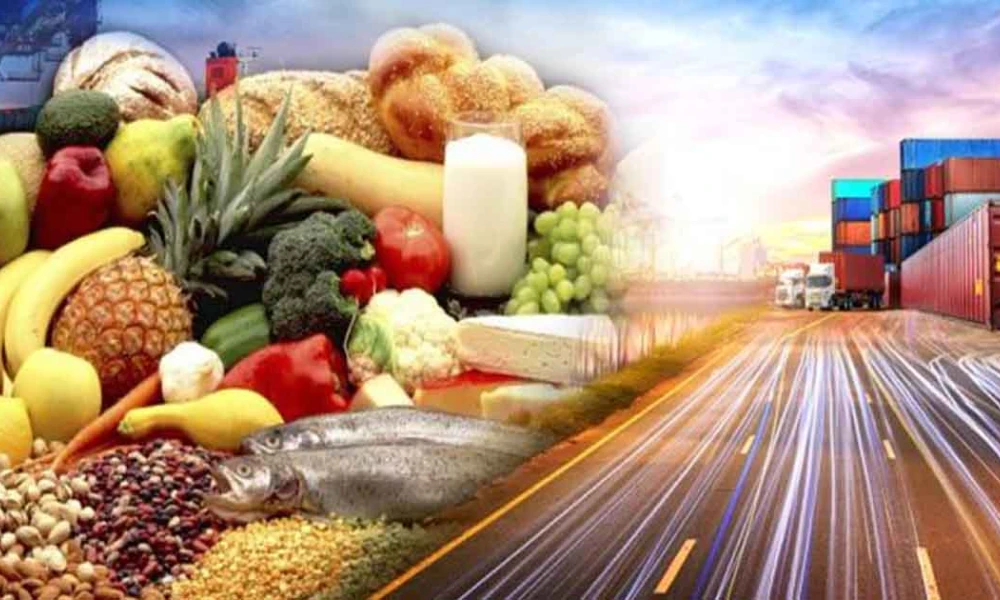Pakistan's Rice Exports Decline Amidst Food Export Slump
The food export decline is a concern for Pakistan's economy, but the growth in non-traditional sectors, such as engineering goods and leather manufacturers, provides some hope for the future. The government needs to focus on diversifying its export base and providing support to the agriculture sector to increase productivity and competitiveness.

Pakistan's food exports have declined by 32% in June 2025, with rice and vegetable exports being the hardest hit, according to recent trade data. Rice exports, in particular, dropped 14.7%, with basmati rice exports falling 5.3% to $830 million and non-basmati rice exports declining 17.4% to $2.5 billion.
The decline in rice exports is attributed to falling global prices, especially for non-basmati varieties. The average price of rice decreased by 9.1% to Rs291.6 per kilogram, resulting in a 14.7% drop in revenue to $3.36 billion, despite a 3% increase in volume for basmati rice exports. Other rice varieties exports also dropped 4.7% in volume and 17.4% in value, reflecting weaker demand and pricing pressure.
The decline in food exports marks the end of a 20-month streak of uninterrupted growth, despite persistently high food inflation. However, some sectors, such as fish and seafood exports, saw a significant increase of 13.4% to $465 million, and sugar exports surged 1,851% to $411.1 million. Tobacco exports also more than tripled year-on-year, providing some respite to the overall decline in exports.
The decline in rice exports has resulted in a decrease in its share of Pakistan's overall exports to 10.5% in FY25 from 12.8% in the previous fiscal. The government will need to take measures to support the rice industry and boost exports to regain its position in the global market.